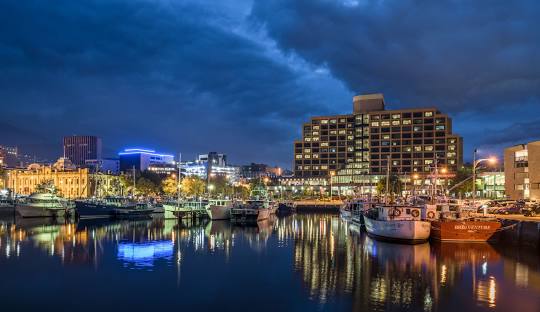
Sydney’s Urban Mosaic: A Deep Dive into the City’s Distinct Regions and Inner Suburbs
Posted by on
Sydney’s Expanding Regions Reflect a Blend of Heritage, Modernization, and Diversity
Greater Sydney, as structured by the Greater Sydney Commission, is defined as a "metropolis of three cities"—Eastern Harbour City, Central River City, and Western Parkland City—spanning five administrative districts and 33 local government areas (LGAs). In population statistics, the Australian Bureau of Statistics also includes the City of Central Coast, adding approximately 330,000 residents and extending the urban character beyond traditional boundaries.
Inner Suburbs: A Tale of Heritage and Renewal
The Central Business District (CBD) of Sydney stretches approximately 3 kilometers south from Sydney Cove, bordered by Farm Cove and the Royal Botanic Garden in the east and Darling Harbour in the west. Surrounding inner suburbs such as Millers Point, Woolloomooloo, Surry Hills, and Pyrmont exhibit compact geography and historical architecture rooted in the city’s early colonial development. Characterized by narrow laneways from its convict-era layout, the CBD remains a bustling hub for commerce and tourism.
Transport hubs like Circular Quay and Central Station integrate the city via rail, ferry, and bus networks. Cultural attractions include Chinatown, Darling Harbour, Kings Cross, and the Victorian-style Strand Arcade, which has preserved its 19th-century façade. Westfield Sydney, the city’s largest shopping complex, anchors the retail landscape.
Since the late 20th century, many inner suburbs have undergone significant gentrification. Pyrmont, for instance, transformed from a shipping hub into a residential and tourism district. Likewise, Darlinghurst evolved from a working-class, mixed-use area into a gentrified suburb known for restored terraces and nightlife. Major urban renewal projects include the $8 billion Green Square development and the waterfront rejuvenation of Millers Point into Barangaroo. Paddington remains celebrated for its charming Victorian terraces and Oxford Street markets.
Inner West: From Industrial Roots to Cultural Villages
The Inner West—covering councils like Burwood, Strathfield, and Inner West Council—extends about 11 kilometers west of the CBD. Historically, outer suburbs such as Strathfield were estates for colonial elites, while inner suburbs closer to industry supported working-class communities. Today, the Inner West represents a blend of gentrified neighborhoods, prestigious postcodes (Strathfield remains one of the top 20 in Australia), and thriving cultural hubs.
Notable educational institutions, including the University of Sydney, University of Technology Sydney, and a campus of Australian Catholic University, are located here. The area is connected by the historic Main Suburban Line (Sydney Trains T1, T2, T3), with Strathfield Station serving as a key interchange since 1876. The upcoming Sydney Metro West and extensive ferry, bus, and cycling networks enhance connectivity.
The Inner West is famous for its multiculturalism, reflected in vibrant precincts like "Little Italy" in Leichhardt and Haberfield, "Little Portugal" in Petersham, "Little Korea" in Strathfield, and "Little Shanghai" in Ashfield. Shopping destinations like Westfield Burwood, DFO Homebush, and Birkenhead Point draw locals and tourists alike. Newtown’s King Street is renowned for its energetic nightlife and cosmopolitan feel.
Sydney’s regional identity continues to evolve, balancing its rich colonial history with dynamic urban transformation and a growing multicultural fabric—cementing its place as one of the world’s most diverse and vibrant cities.